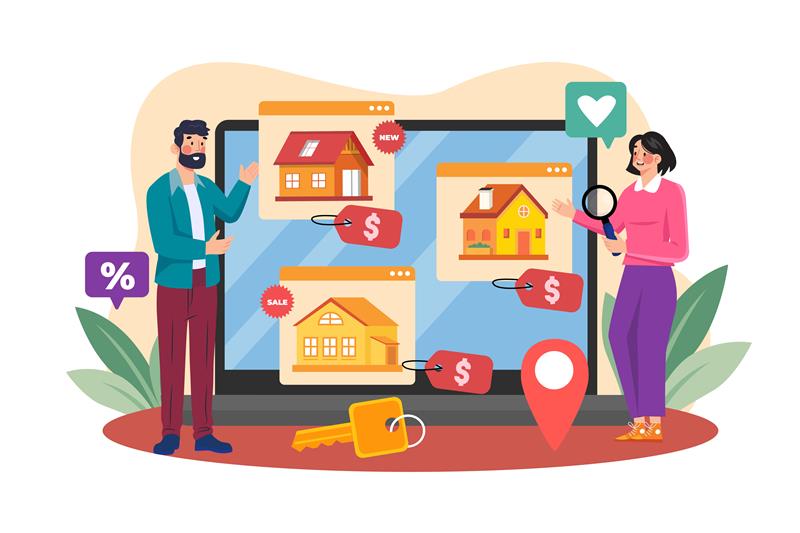We live in the world of fast fashion where trends change overnight. Moreover, consumers are always looking for something new with an attention span of a goldfish. In a scenario like this, traditional advertising methods are no longer enough to capture the attention of digital-savvy audiences. That’s where influencer marketing comes in! It works like a bridge between fashion brands and contemporary consumers and their dynamic nature.
For fashion brands looking to grow awareness, drive engagement, and increase sales, influencer marketing has become one of the most effective strategies. But to make it work, you need more than just a few posts — you need strategy, authenticity, and data-driven execution.
In this ultimate guide, we’ll walk you through everything you need to know about influencer marketing for fashion brands. Read the full blog to understand all about building influencer marketing campaigns that actually convert!
What Is Influencer Marketing?
Influencer marketing is a collaboration between brands and individuals who have built a strong following and credibility in a specific niche. These influencers use their platforms to promote products and shape consumer behaviour.
Influencers in the fashion industry play a highly significant role in inspiring purchase decisions. Their content doesn’t just sell products; it sells lifestyles, aesthetics, and self-expression. By partnering with the right influencers, fashion brands can tap into highly engaged audiences who trust their recommendations.
Why Influencer Marketing Matters for Fashion Brands
Fashion industry is one of the most prominent industries that thrives on visibility, aspiration, and storytelling — all of which influencer marketing delivers perfectly. Here’s why it’s essential:
1. Visual Appeal
Fashion is inherently visual, and social media platforms like Instagram, TikTok, and Pinterest are designed for exactly that. Influencers create visually stunning content that showcases your brand in an authentic and relatable way.
2. Authenticity and Trust
Consumers are sceptical of traditional ads – however, influencers build relationships based on authenticity and trust. When they endorse a product, they do it in a way that feels like a recommendation from a friend rather than a sales pitch.
3. Reach and Targeting
Influencers already have access to niche audiences. Whether you’re targeting Gen Z streetwear fans or luxury fashion enthusiasts, there’s an influencer community that perfectly aligns with your brand’s goals.
4. Boosts Engagement and Conversions
Well-executed influencer campaigns not only generate buzz but also drive measurable results — from increased website traffic to sales conversions and long-term brand loyalty.
Types of Influencers in Fashion Marketing
Before you start your campaign, it’s essential to understand the different types of influencers:
- Mega Influencers (1M+ followers) – Ideal for brand awareness and major launches; often celebrities or global fashion icons.
- Macro Influencers (100K–1M followers) – Great for reaching a large audience while maintaining a balance of engagement and credibility.
- Micro Influencers (10K–100K followers) – Known for their high engagement rates and strong niche communities; perfect for targeted campaigns.
- Nano Influencers (1K–10K followers) – Highly trusted by their tight-knit audiences; best for local or grassroots campaigns.
Each type of influencers has its strengths. For most fashion brands, a mix of macro and micro influencers often yields the best ROI.
How to Build an Influencer Marketing Strategy for Your Fashion Brand
Creating a successful influencer marketing campaign takes more than just sending free samples. Here’s a step-by-step breakdown of what you actually need to do:
1. Define Your Goals
Ask yourself: What do you want to achieve?
- Brand awareness?
- Product launches?
- Driving traffic to your e-commerce store?
- Boosting seasonal sales?
Setting clear KPIs (like engagement rate, reach, or conversions) will help you measure success accurately.
2. Identify Your Target Audience
Know who you’re trying to reach. Are they Gen Z trendsetters on TikTok or millennials looking for sustainable fashion on Instagram? Understanding your audience helps you choose the right influencers and platforms.
3. Find the Right Influencers
This step is the most crucial one that can make or break your campaign. Look for influencers who:
- Align with your brand values and aesthetics.
- Have genuine engagement (not just followers).
- Create high-quality, on-brand content.
- Have a demographic that matches your target audience.
4. Craft a Collaboration Plan
Decide how you’ll work together. Will it be sponsored posts, product reviews, unboxing videos, or co-created capsule collections? The collaboration should feel authentic to both your brand and the influencer’s audience. Even a hint of it being an ingenuine, made-up sales pitch would be a flop for your target audience.
5. Set Clear Guidelines
Provide creative direction — but don’t micromanage. Influencers know what resonates with their followers. Give them room to be creative while ensuring brand consistency.
6. Track and Measure Performance
Monitor key metrics like:
- Engagement rate (likes, comments, shares)
- Reach and impressions
- Website traffic (via UTM links)
- Conversion rate and ROI
Data-driven insights will help you refine future campaigns for even better results.
Popular Platforms for Fashion Influencer Marketing
Each social platform offers unique opportunities for fashion brands:
It is still the go-to platform for fashion influencers. From OOTD (Outfit of the Day) posts to Reels and Stories, Instagram’s visual focus makes it ideal for fashion content.
TikTok
The rising star for fashion marketing. Short-form videos, styling tips, and viral challenges can quickly put your brand in front of millions. TikTok is especially powerful for reaching Gen Z audiences.
YouTube
Perfect for long-form fashion content such as hauls, lookbooks, or styling tutorials. Influencers can provide in-depth product insights that drive consumer confidence.
Often overlooked, Pinterest is a discovery platform where fashion inspiration thrives. Collaborating with creators here can boost brand visibility and drive traffic to your e-commerce store.
Best Practices for Fashion Influencer Campaigns
To ensure your campaign stands out in a crowded space, follow these best practices:
1. Focus on Storytelling
Fashion is all about individual expression, identity, and emotion. Encourage influencers to tell a story with your products — not just wear them.
2. Prioritize Authenticity
Audiences can spot forced partnerships instantly. Work with influencers who genuinely love your brand or align with your mission (be it sustainability or inclusivity).
3. Diversify Your Influencer Mix
Use a blend of macro and micro influencers. Macro influencers bring visibility; micro influencers bring authenticity and conversion power – the best of both worlds!
4. Leverage User-Generated Content (UGC)
Encourage followers and influencers alike to share their own photos featuring your brand. UGC not only extends campaign reach but also builds community and trust.
5. Collaborate on Long-Term Partnerships
Instead of one-off promotions, build lasting relationships. Ambassadorships and long-term collaborations foster stronger brand affinity and consistency.
The Future of Influencer Marketing in Fashion
As 2026 is just round the corner, influencer marketing continues to evolve. Here are a few trends fashion brands should watch:
- AI-driven influencer discovery – Advanced tools will help brands identify ideal partners based on performance analytics, not just follower count.
- Virtual influencers and digital avatars – The rise of AI influencers like Lil Miquela is changing how fashion brands think about endorsements.
- Sustainability and purpose-driven marketing – Consumers are aligning with influencers and brands that champion ethical and eco-friendly practices.
- Live shopping and social commerce – Platforms like TikTok Shop and Instagram Shopping are making influencer collaborations directly shoppable.
Final Thoughts
Influencer marketing is no longer optional for fashion brands — it’s essential. When executed thoughtfully, it blends creativity, data, and authenticity to build meaningful connections with your audience.
Whether you’re a startup fashion label or an established brand, the key is to partner with the right influencers, create authentic content, and measure your results to refine your strategy.
At Gyaata, we help fashion brands design and execute data-driven influencer campaigns that inspire engagement and drive real business results. If you’re ready to elevate your fashion brand with influencer marketing, get in touch with our team today!











